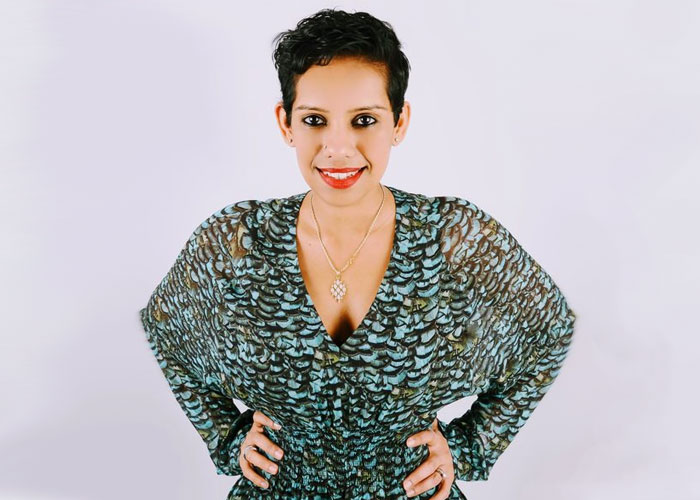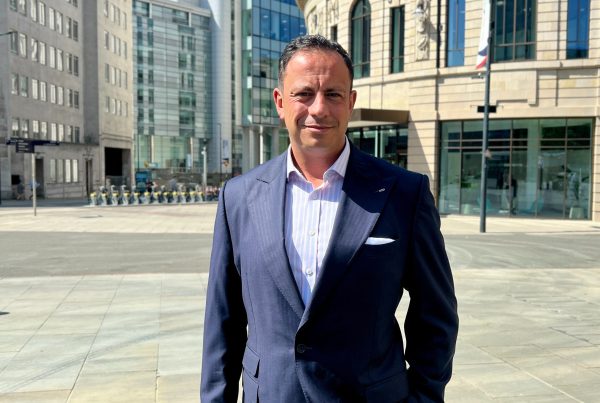Executive recruitment across the country�s leading STEM (science, technology, engineering, and mathematics) organisations is changing. One woman is acting as a major driving force behind this change. Former Rolls-Royce Engineering Programme Manager and AstraZeneca Systems Engineer Foram Brown is working with top STEM corporations to design and implement new leadership and executive search solutions to improve professional opportunities for skilled, talented women.
Diagnosed with breast cancer in 2019, when she was not only Head of Mechanical Engineering at Bombardier but also a mother to two young girls, today Foram Brown is a survivor on a mission to tackle the notable lack of female leadership in engineering. The launch of an exciting new project will see Foram working with organisations to facilitate the recruitment of 10,000 women into engineering roles by 2030, creating employment opportunities worth �1 billion. Through the initiative, Foram will assist in board composition, c-level, executive, director, and management searches for STEM organisations, facilitating a new approach to search by networking, building relationships, and identifying top talent to help drive STEM firms forwards.
�I�ve spent more than 15 years working for global organisations like AstraZeneca, Rolls-Royce, and Bombardier, and the lack of female leadership in engineering has been astounding,� says Foram Brown. �Now, I�m on a mission to change that, especially during such a critical moment such as this.�
Foram is referring to the disproportionate impact that the global health crisis has had on the female workforce. �The number of women in STEM careers is already incredibly low, and while we�ve certainly been making progress over the past few years, the concern today is that the pandemic is creating what could amount to a devastating gender recession. Women are more likely to report being encouraged to take redundancy or furlough during COVID-19, and are also more likely to voluntarily step down due to childcare issues arising from school closures, which could undo years of hard work into creating greater equality in the workplace.�
Last year, research from the World Economic Forum revealed that just 30% – less than one third – of the global STEM workforce was made up of women. Women are statistically less likely than men to study a STEM subject, and those women that do enter into STEM careers are, on average, paid less than men. Now, in the midst of a global health crisis, the BBC reports that 8% of working mothers had considered moving from full time to part time positions compared to just 2% of fathers, while in the United States, research shows that 1 in 4 women are thinking of leaving the workforce entirely due to COVID-19.
�Being a female engineer – and a female engineer from India at that – I understand the struggles that women in STEM face. I�m striving to transform the industry so that my daughters grow up having a different experience; an experience where they aren�t destined to fulfil a certain role, and an experience where they don�t have to fight to be accepted for who they are.�




